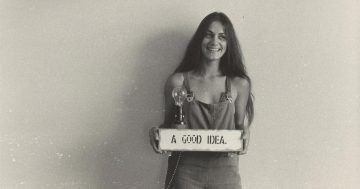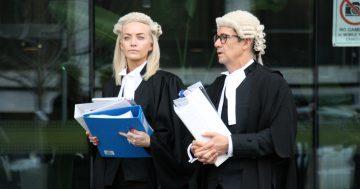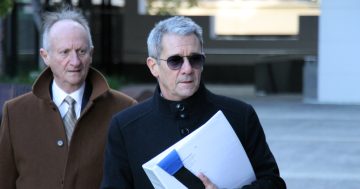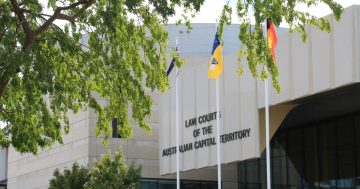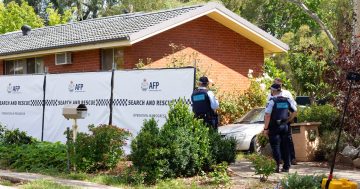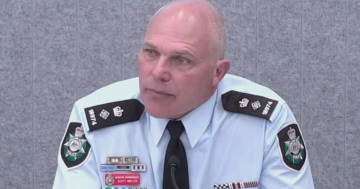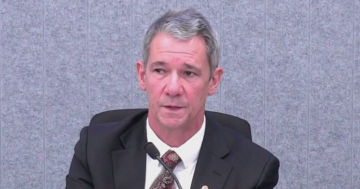
It is now more than 25 years since Australian Federal Police Commissioner Colin Stanley Winchester was shot and killed as he arrived home from work at 9.15 pm on Tuesday 10 January 1989.
After a protracted police investigation and a trial that lasted 85 days, David Harold Eastman (now aged 69), was convicted of the murder in 1995.
The body of evidence was significant. Amongst it, revelations that ammunition residue found in the boot of Eastman’s car was indistinguishable from that found at the murder scene.
But the circumstantial evidence was also compelling. Several prominent people had come forward after the killing saying Eastman had told them he was going to kill Winchester (as well as a threat to kill the Commonwealth Ombudsman).
Eastman reportedly told Winchester this to his face because he would not withdraw an assault charge against him. A witness saw him staking out Winchester’s Deakin home in days prior to the shooting. The witness recalled the make and colour of car, but had the last digit wrong [the rest correct] from the number plate.
The jury was unanimous in finding him guilty and he was sentenced to life imprisonment without parole by ACT Supreme Court Justice Ken Carruthers. This by and large should have been the end of the matter and the last we see of Eastman.
The exhaustive trial had given plenty of opportunity for the evidence to be publicly reported and room for speculation. Almost from the time of the investigation and arrest it was clear Eastman was a serial nuisance, a dangerous public pest and a combative and violent individual.
He regularly had blow-ups with various government agency staff members (gathering more than 200 alleged assault reports). He fought with his lawyers and sacked his defence team on any number of occasions.
Eastman, who is occasionally painted as ‘highly intelligent’ by the Fairfax media, simply had no other case to make – or surely he would have done so. He would not or could not say where he was on the night of the murder. And he could not – or would not – explain other evidence presented to the court.
Possibly out of this genesis grew a thread of doubt that he might be a victim of a miss-trial. Police pressure could have sent him over the top and prevented him from presenting a rational defence.
These arguments gained some credence as the years passed and as the murder event recedes from memory and as police and key players age and move on in their lives.
A small group of anonymous supporters has spent the years arguing Eastman’s cause from behind the scenes. It has brought forward doubts that evidence might be flawed (or even fabricated) and/or given undue (or unfair) weight. The Fairfax media in particular has given a mostly sympathetic voice for the Eastman cause, and it has nurtured the idea that he may well (despite everything) be an innocent man.
On 3 September 2012 this background chorus of support paid off for Eastman when the Hon Justice Shane Marshall ordered an Inquiry into the conviction. The inquiry has now completed its hearings (on 15 May 2014). The inquiry has its own Eastman Inquiry website.
Many readers of Fairfax newspapers were not born when Winchester was gunned down 25 years ago. They can be forgiven for giving credence to the long-running counter-argument that a Mafia hit man gunned the commissioner down as pay-back for a bungled marijuana deal.
It is difficult to imagine what this process has cost the public purse. The investigation and court case alone lasted around five years. Since then his cause has re-emerged time and again, driven by a handful of well-meaning but more possibly misguided supporters.
Postscript: To obtain further insights read Justice Michael Adams sues over evidence claim (The Australian 7 June 2013). Justice Adam’s claim has not been reported in the Fairfax media.











